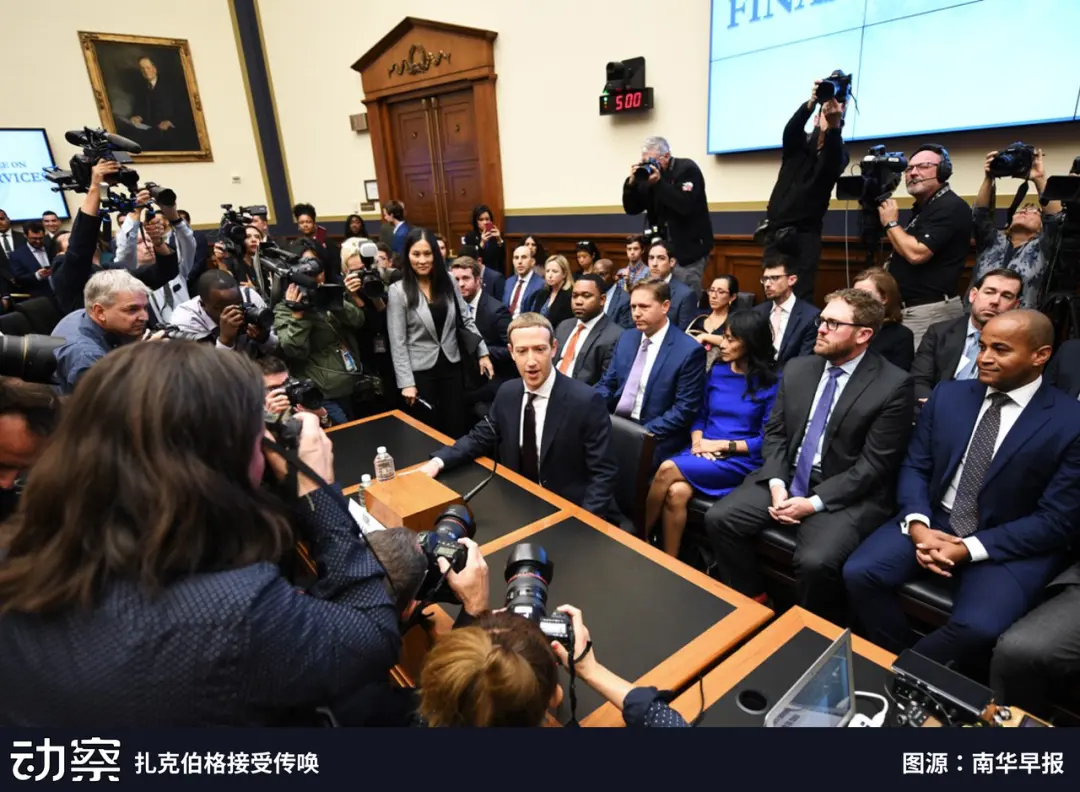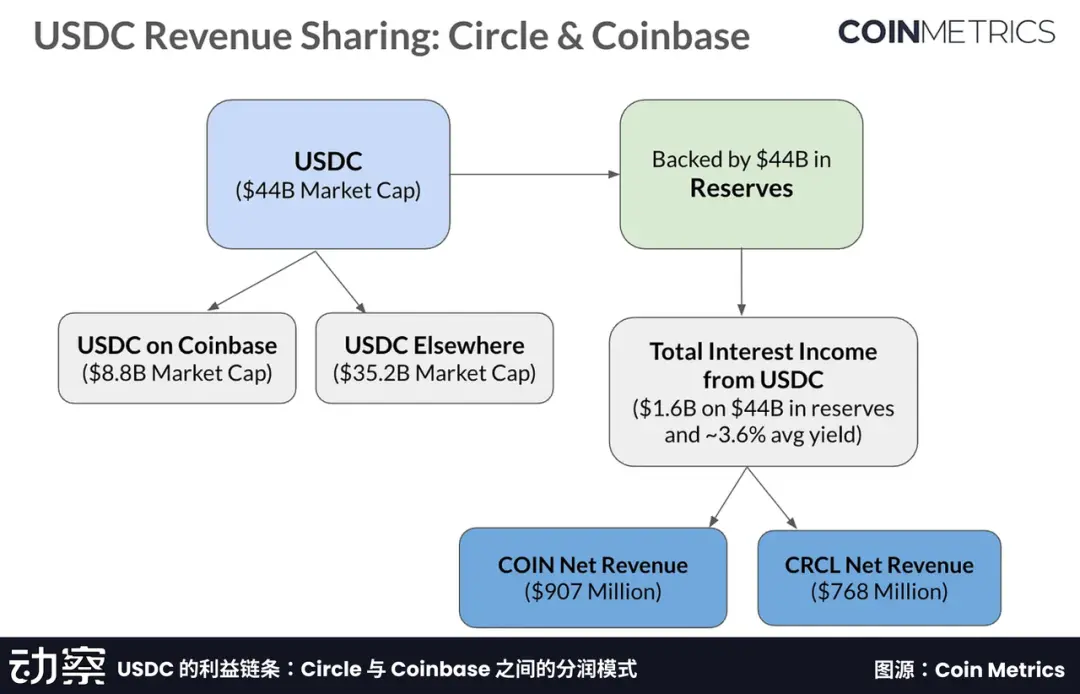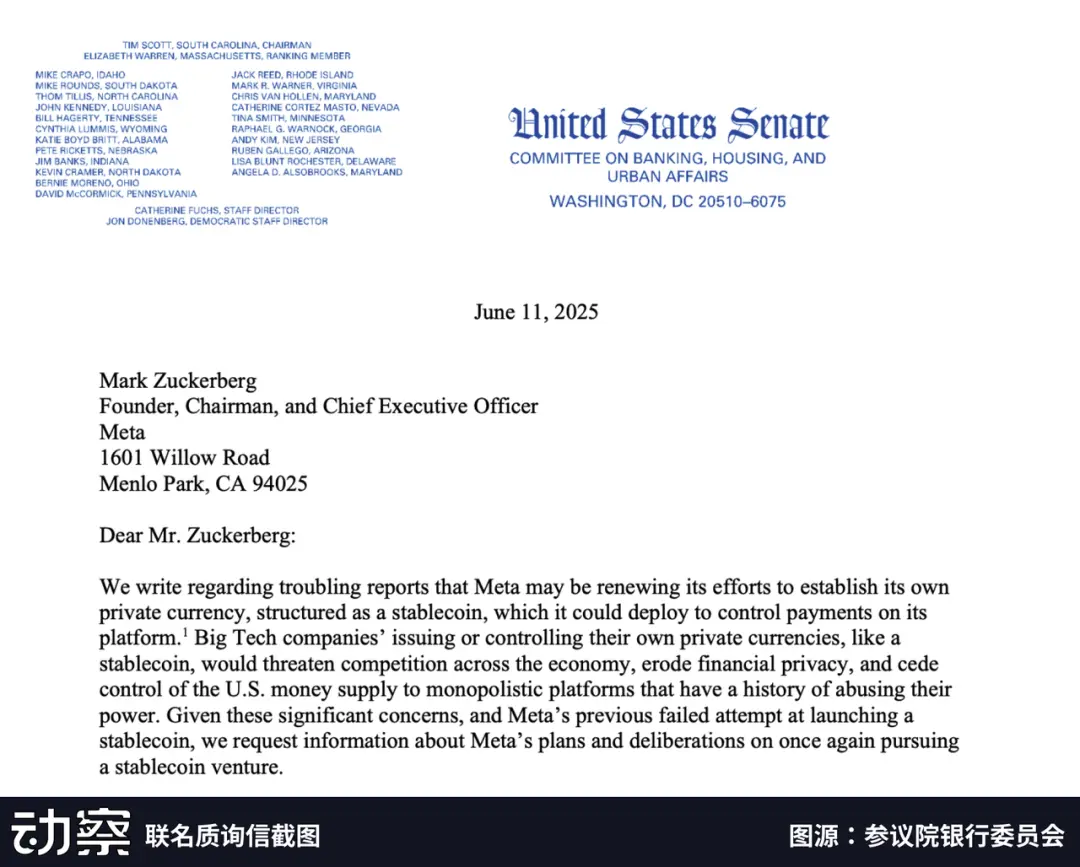Kaori, Sleepy.txt
Editor: Sleepy.txt
Meta (then still called Facebook) never intended to contribute to Web3 by creating a stablecoin.
It was more of a vision akin to a central bank or the IMF, written into the white paper from the start. In 2019, Libra emerged, a global experiment led by tech giants attempting to establish a "digital dollar alternative." The Libra Association was headquartered in Switzerland, with the currency pegged to a basket of fiat currencies, supported by a complete governance structure and reserve model, filled with the flavor of the IMF in its white paper.
Before regulators could react, Congress sounded the alarm for Libra.
Just three days after the white paper was released, House Financial Services Committee Chair Maxine Waters initiated a public hearing, directly pointing out Libra's financial ambitions to "bypass sovereignty."
In the following three years, Zuckerberg was summoned to testify four times; the token model shifted from a multi-currency peg to a single dollar, sensitive terms like "financial inclusion" were removed; partner banks faced numerous obstacles before finally teaming up with Silvergate, and the white paper evolved from 1.0 to 2.0, gradually compromising towards reality.

Meta retreated step by step, but the more it withdrew, the clearer it became to the outside world where it wanted to enter.
In January 2022, all of Diem's assets were sold to Silvergate for $200 million, marking the project's death. Since then, no American tech company has dared to publicly discuss issuing stablecoins; Libra became a symbol of "overreaching."
The end of the coin issuance drama was not hasty; rather, it resembled a case study written by regulators, specifically designed to delineate boundaries for Big Tech.
From a series of hearings in Congress to a complete lockdown of banking clearing networks; from the polite refusals of cooperation from channels like SWIFT and Visa to the successive exits of alliance members like PayPal and Stripe; from internal disagreements between the wallet team and the Libra Association to the formal implementation of the GENIUS Act, which not only explicitly prohibited platform-type companies from issuing pegged fiat assets but also repeatedly named Diem as an "example of what should not happen again."
Diem was nailed into history, and a lesson was firmly embedded in Meta's mind.
Three Years Later, Meta Changed Its Script
In 2025, Meta no longer seemed obsessed with issuing a dollar itself, but its script had never strayed from the stablecoin track.
At the beginning of the year, a person who had played a key role in Meta's history reappeared in the organizational structure—Ginger Baker was appointed as Vice President of Payment Products. This veteran, who had worked at Ripple, Plaid, and Square, and was well-versed in compliance pathways, had led the construction of Facebook's payment system as early as 2016.

At that time, Libra had not yet been made public, but the team was already building a prototype for on-chain payments. Judging by her resume, she had almost touched all the key nodes of regulatory interfaces. Her return was seen as a clear signal that Meta was preparing to re-enter the stablecoin track in another way.
This time, it chose to start from a small angle. It no longer attempted to rebuild the monetary system all at once but instead focused on payment scenarios that were easiest to control and amplify.
According to an exclusive report by Fortune magazine, Meta is in preliminary contact with several crypto infrastructure companies, exploring the use of stablecoins as a payment solution—especially for income settlement for content creators on its platforms, including Facebook and WhatsApp. It is said that Meta intends to support multiple stablecoins, including USDC and USDT, rather than relying solely on a single issuer.
In this mechanism, Meta does not intervene in the reserve and clearing processes, only responsible for the payment path scheduling between content and account systems. However, structurally, it still firmly controls the three most critical entry points of the financial system: who has the right to receive payments, where the funds come from, and how accounts are settled.
Soon, this movement attracted regulatory attention again.
In June of this year, U.S. Senators Elizabeth Warren and Richard Blumenthal sent a joint inquiry letter to Zuckerberg, demanding that Meta clarify whether it was attempting to restart a "private currency network" under the guise of cooperation. The letter pointed out the most critical point: even if it does not directly issue stablecoins, as long as it still controls accounts and clearing pathways, systemic risks remain.
This series of actions may seem scattered, but the rhythm between them is almost seamless. From Ginger Baker's return to product mechanism exploration, and then to the renewed focus of regulatory radars, the three seemingly unrelated paths of people, products, and politics ultimately converge in Meta, forming its roadmap for re-entering the stablecoin space.
Meta, Unable to Issue Stablecoins, May Want to Make Money Through "Distribution"
Meta's new path diverges significantly from the Diem era in that it no longer insists on "issuing its own stablecoin," but instead turns to distributing existing compliant currencies.
Back then, Libra's ambition was to build a complete closed loop from the underlying public chain to the front-end wallet, holding every link of crypto payments in its hands. However, this structure had not truly launched before it quietly ended under regulatory siege.
Now, Meta embeds USDC as a ready-made dollar settlement module into its existing account system, entrusting clearing and reserves to third parties, retaining only the two most familiar areas: traffic aggregation and account systems.
In the Diem era, Meta hoped to lock in minting rights through its own stablecoin, reclaim minting taxes, and collect network fees through clearing channels after scaling cross-border payments.
This heavy model was completely blocked after the implementation of the GENIUS Act—the legislation prohibits large platforms from directly issuing stablecoins and requires issuers to have bank-level qualifications and reserve auditing mechanisms.
Circle's Chief Strategy Officer Dante Disparte stated in a podcast that "there is a provision in the GENIUS Act that I would like to call the 'Libra clause'—to be recorded in history." This clause stipulates that any non-bank entity wishing to issue tokens pegged to the dollar must establish an independent entity "more like Circle and less like a bank," undergo antitrust review, and be approved by a specialized committee established by the Treasury with veto power.
Disparte believes this structure is even "more conservative than the deposit token models proposed by JPMorgan and others."
This pushes Meta from being an "issuer" to a "distributor," as it collaborates with Circle to embed USDC into its account system, with clearing and reserves managed by Circle. Just as Coinbase negotiated interest-sharing with Circle due to its traffic dominance, Meta also has the opportunity to turn its own traffic into a new financial bargaining chip in the future.
Compared to the long and uncertain minting revenue, this profit-sharing path in the settlement process is both compliant and can be immediately counted as revenue, clearly more realistic.

The change in roles brings about a reduction in the technology stack. The blockchain layer and reserve management are entirely the responsibility of USDC's issuer, while Meta retains only the modules related to the user side, namely account systems, identity verification, and payment path scheduling.
Compliance responsibilities are thus transferred to the other party, and regulatory pressure is alleviated. Meta refocuses on the parts of the platform system it is more familiar with—account relationships, social chains, and the smoothness that a payment should have.
In terms of revenue models, Meta has also adopted a completely different logic. In the Diem era, it told the story of financial inclusion, hoping to first enlarge the pie and then find profit margins from transfer and exchange rate differences.
Now, it is entering through the micro-payment scenarios of the creator economy, with reports indicating that this path can compress the settlement cycle from "months" to "days," significantly alleviating cash flow friction for cross-border creators.
If this path can be successfully navigated, Meta can not only negotiate terms with Circle on channel fees but also turn transaction data into targeted advertising and financial value-added services. This "light investment, fast settlement, strong accumulation" path is more aligned with the profit logic of internet platforms than the heavy "building a central bank" solution of the past.
However, regulatory vigilance has not dissipated.
The two senators pointed out in their joint letter that even if Meta no longer actively issues stablecoins, if it bypasses regulations through subsidiary structures, its control over accounts, payment entry points, and data in three key areas could still pose systemic financial risks and privacy concerns.

Although Meta currently claims to only use USDC as a settlement tool rather than issuing stablecoins itself, regulatory focus has shifted from "who issues stablecoins" to "who controls accounts and who dominates clearing."
In this regard, Meta is on a similar path as Stripe and PayPal. They all attempt to conceal stablecoins beneath the business chains of Web 2, integrating them as tools into the experience rather than exposing them as assets at the front end.
When currency begins to flow through social platforms like images and voice, the real competition will no longer be "who issues stablecoins," but who controls the flow and rhythm of funds.
Stablecoins Are Retreating to the Background
Meta's role shift is not an isolated case but part of a larger structural transformation.
The passage of the GENIUS Act delineates fine boundaries for stablecoin issuance. On one hand, it establishes a federal-level regulatory pathway for licensed issuers for the first time, incorporating them into a bank-level review and reserve regulatory system; on the other hand, it sets red lines, prohibiting large platforms from directly issuing stablecoins, completely blocking the "wild paths" of building a currency system.
Since then, the narrative protagonist of stablecoins has begun to change. Platforms no longer compete for "issuance rights," but instead engage in a new round of competition around "traffic ports."
At the same time, the role of stablecoins is also being restructured; they are no longer an asset aimed at users but have become a set of clearing modules embedded in the underlying system. Companies like Stripe and Meta are starting to hide stablecoins within the payment processes of Web 2, neither presenting them on user interfaces nor requiring users to be aware of their existence.
For users, stablecoins are degrading into an invisible "settlement API," plug-and-play, requiring no account opening, and enabling T+0 settlement. You need not understand why they exist, just as you have never cared about the TCP/IP protocol, yet you still watch videos and send messages every day.
This is also the starting point for the reconstruction of the payment paradigm. The flow of funds is shifting from a bank-centered closed network to a platform-dominated "interface + clearing" combined network. A new financial division of labor is beginning to form between issuers and entry platforms.
Issuers like Circle and Paxos are responsible for reserve management and on-chain clearing, serving as the infrastructure for regulatory connections and transparency. Companies like Meta, Stripe, and PayPal act as a new generation of channel providers, building account systems, payment scenarios, and user interactions, becoming the starting point for the flow of funds.
They resemble card organizations that do not control reserves but control transaction paths, set access thresholds, and define profit-sharing structures. In this division of labor model, stablecoins are no longer a currency experiment of a particular platform but a general dollar module that can be embedded, reused, and combined.
The real change is not that users begin to understand "Crypto," but that they complete a payment without even realizing it.
When stablecoins become completely invisible infrastructure, competition between platforms will return to the essential question—who can control the path of fund flows will be able to seize profits, set rules, and determine the interface standards and fee structures for the next generation of payments.
Who is rewriting the definition of finance?
If Diem was Meta's failed attempt to become a "central bank," then the shift to USDC is more like a change in approach, continuing to move closer to the core of the financial system.
This time, it is not competing for issuance rights but returning to familiar territory. However, what it controls is precisely the system that was once completed by central banks, clearing institutions, and banks—identity verification, fund scheduling, and payment paths.
The underlying logic of finance is being rewritten bit by bit by the platform.
The GENIUS Act has drawn clear boundaries: stablecoins can be issued, but not by you. However, it does not answer another question: if a platform does not issue stablecoins but controls the flow of funds, the establishment of accounts, and the accumulation of data, is it a tool provider or a new generation of clearing organization?
Meta is not the only answer. Platforms like Stripe and PayPal are also embedding stablecoins into Web2 business processes. They compress on-chain clearing into backend services, minimizing the presence of "Crypto," leaving only a smoother settlement experience.
When stablecoins truly become platform-level infrastructure, public attention will also shift. The focus will change from "should it be issued" to "who is defining payments." Whoever controls the paths of fund inflows and outflows has the ability to reconstruct fee structures, set access thresholds, and even redefine how a transaction occurs.
New questions also arise. For example, will Circle offer Meta a profit-sharing model similar to Coinbase? Will the senators' doubts trigger a new round of hearings? And when stablecoins truly blend into the fabric of Web2, will regulators still be able to find their foothold?
The story of Diem has come to an end, while Meta's new attempt is unfolding in another way. The discussion about the boundaries between platforms and finance may have only just begun.
-END-
免责声明:本文章仅代表作者个人观点,不代表本平台的立场和观点。本文章仅供信息分享,不构成对任何人的任何投资建议。用户与作者之间的任何争议,与本平台无关。如网页中刊载的文章或图片涉及侵权,请提供相关的权利证明和身份证明发送邮件到support@aicoin.com,本平台相关工作人员将会进行核查。




